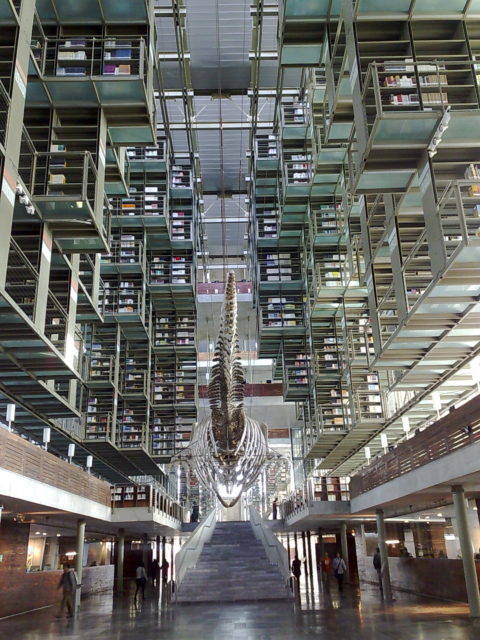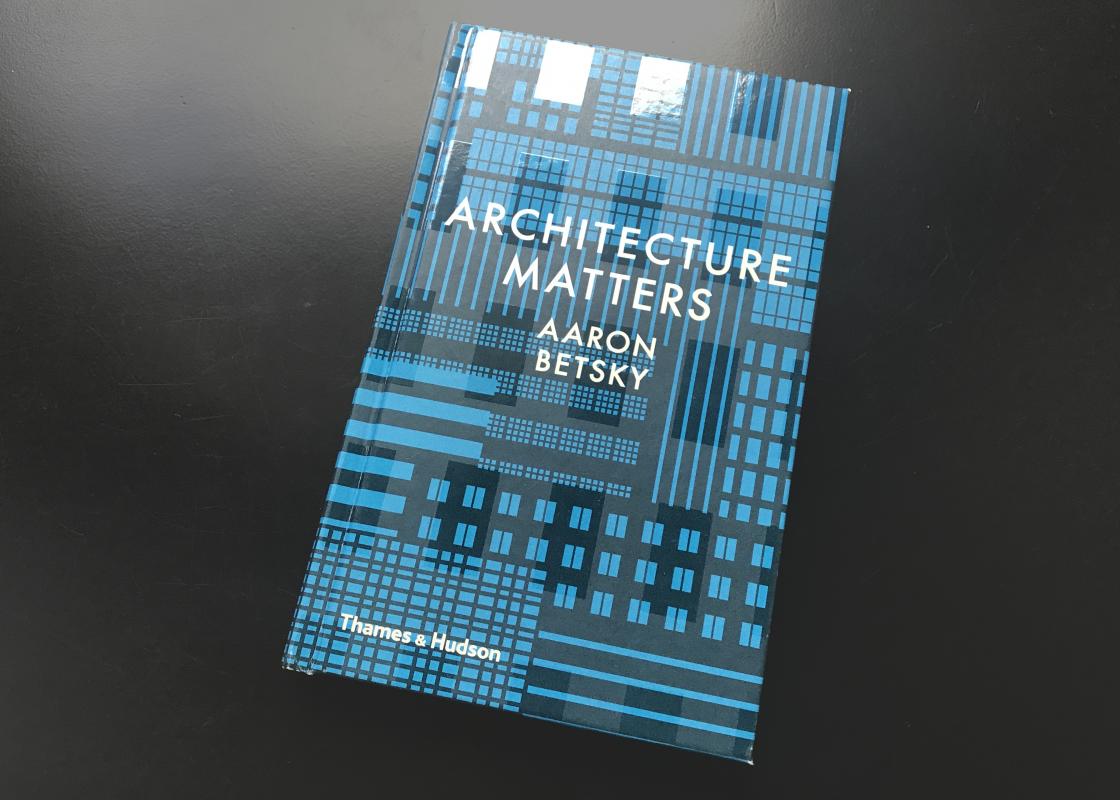This review is written by NuNu Chang, co-owner and principal of Albers Chang Architects in Houston. She serves on the editorial committee of Cite.
Architecture matters, but not in the way we might think. In a dazzling assemblage of writings in Architecture Matters (Thames & Hudson, 2017), Aaron Betsky, renowned art and architecture critic, a former visiting professor at the Rice School of Architecture, and the newly named dean of the Frank Lloyd Wright School of Architecture Taliesin, asks how and why our built environment should be democratized and humanized. We should question the social significance of our monuments—ancient, contemporary, and future—if we really want gathering places and community.
Betsky writes, “This volume does not pretend to be either an academic statement or a rigorous analysis of architecture. Rather, it is a recording of how I learned to love architecture and what I learned along the way.” Indeed, this volume speaks not only to those immersed in architectural study or practice but serves as a spectacular collection of how-to’s (see “How to Win a Competition” for how Rem Koolhaas lost the competition for the Cincinnati Art Museum), a travelogue (from Amsterdam, to Shenzhen, to Rotterdam), the influence of art on architecture (as the 2008 director of the Venice Biennale and director of many years of the Cincinnati Art Museum), and architectural theory (the Beaux-Arts edicts of Viollet-le-Duc, Laugier’s primitive hut, Boullée’s Utopian Vision).
“How to Show What is Already There” is nearest to a refrain in this collection of 46 essays. In it, Betsky uses fondly the anachronistic term bricolage, after Lévi-Strauss, by which new meaning is revealed through recombining. Strikingly, Betsky refers to the creative act of bricolage not in the sense of recombining found objects as in the work of Lévi-Strauss or the found object assemblages of Joseph Cornell, but to source material from outside form.
His transcendent use of bricolage extends our understanding of the built environment through fantastic, uncomfortable, and socially relevant juxtapositions. Throughout Betsky's prolific career, he returns to the ability of architectural design to bring the public’s attention to environmental and social issues such as the role of data collection and analysis in built form (MVRDV), the spatial possibilities revealed in the Rotterdam Kunsthal (OMA), and more recently his interest in Bjarke Ingels’s landscrapers.
 Biblioteca Vasconcelos in Mexico City.
Biblioteca Vasconcelos in Mexico City.
Self-described as a “failed architect” who once worked for Frank Gehry, Betsky has, as a result of many years of observing the built environment, acquired a privileged position as a candid and passionate advocate for the importance of re-using and reworking our environment, rather than building more. Despite forays into the negative impact of overbuilding, sameness, and sprawl (from his At Home in Sprawl, Rmit Publishing, 2011), Betsky reinforces a sense of optimism towards the future of our built environment.
He shares with us intimate, transformative moments in regards to the built environment. He discovered these visceral sensations as a child when engulfed in the colorful, shifting planes of a Gerrit Rietveld house in the Netherlands; the gravity defying stacks of the Biblioteca Vasconcelos (Alberto Kalach’s winning design conjuring images of Boullée’s utopian vision), in Mexico City; and the artist James Turrell’s ethereal “Stone Sky,” in particular, one privately owned work residing in Calistoga, accessible only underwater.
Also take a look at “A Note on Sources” for Betsky’s influences—including primary and other influential architectural texts, of which only a few are listed here (Manfredo Tafuri’s Architecture and Utopia, the writings of Vincent Scully and Adolf Loos, and Rem Koolhaas’s Delirious New York).










